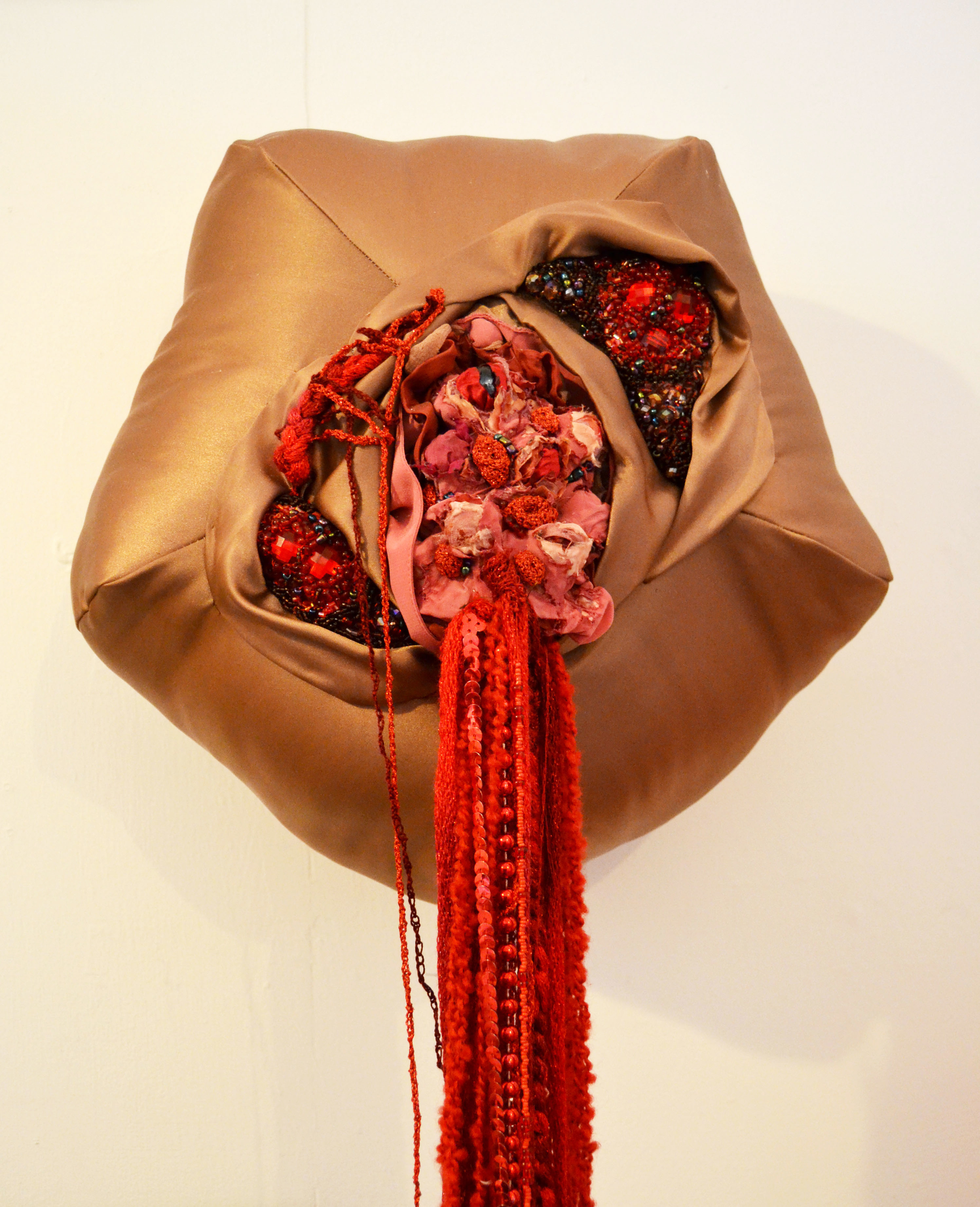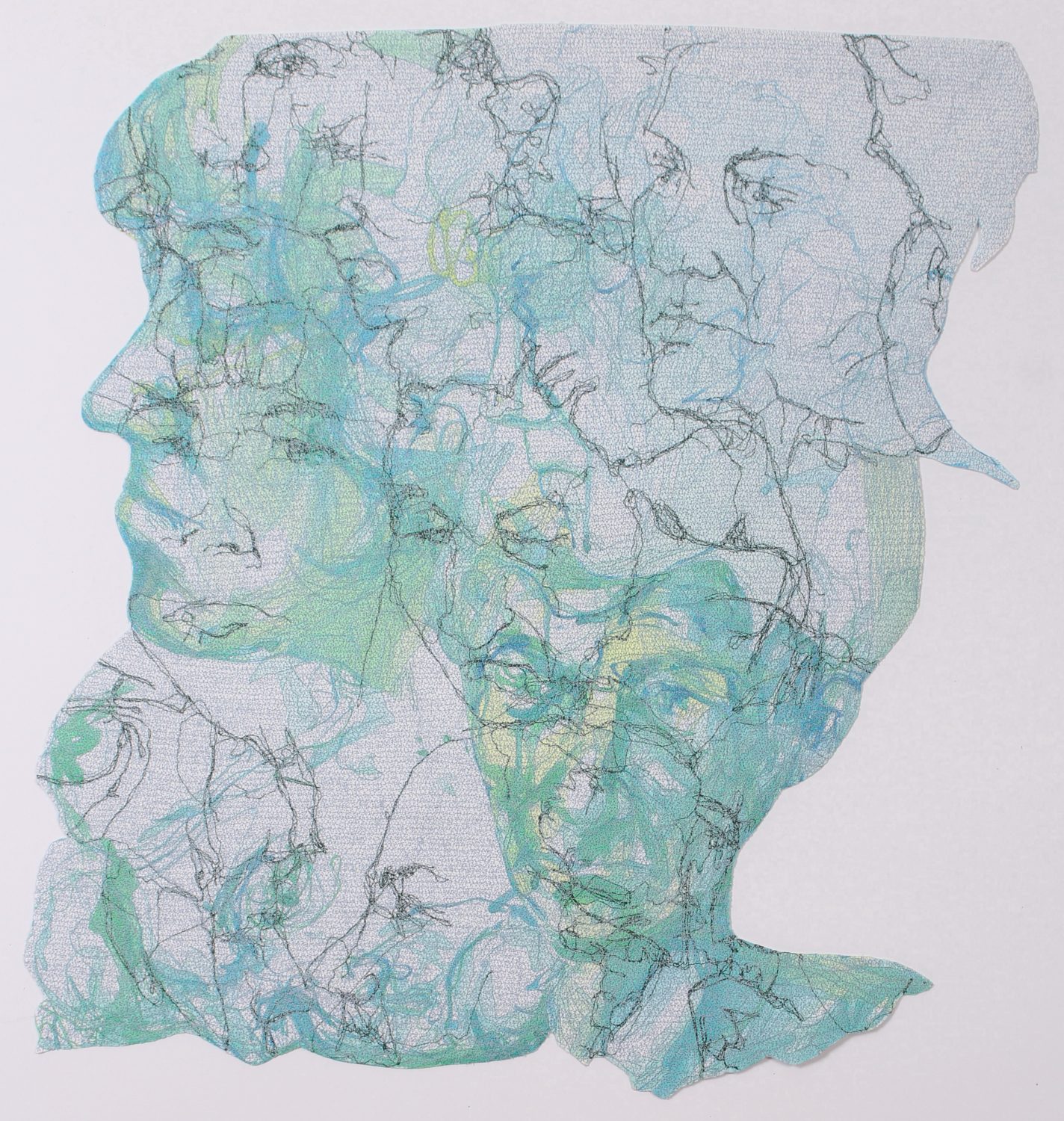
Welcome to Pinning The Past, where we explore textile techniques and traditions and connect with the rich history of embroidery.
What Is Shadow Embroidery?
Shadow work is a delicate but simple hand embroidery technique that makes use of sheer fabrics to great effect. It was hugely fashionable in the 18th century and had a little burst of fashionability in the 1930s but seems to have all-but vanished since then. Embroidery techniques like herringbone stitch and running stitch are used to create a pattern that appears in shadow on the back of the design.
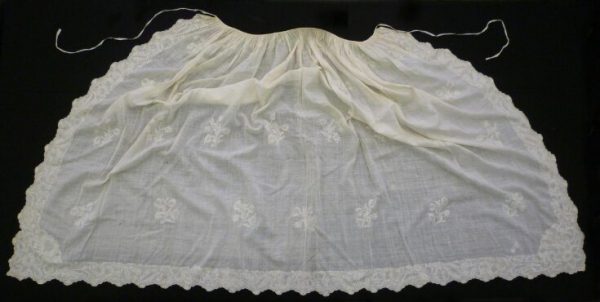
In the middle of the 18th century, it was fashionable for wealthy women to wear fine white gauzy aprons made from silk and fine cottons such as muslin or lawn, embroidered with white thread. Designs were usually nature-inspired with flowers, scrolling vines and leaves.
Fine white cotton fabrics were imported from India along with the fashionable style of whitework embroidery on sheer fabrics which had long been popular amongst the wealthiest in India.
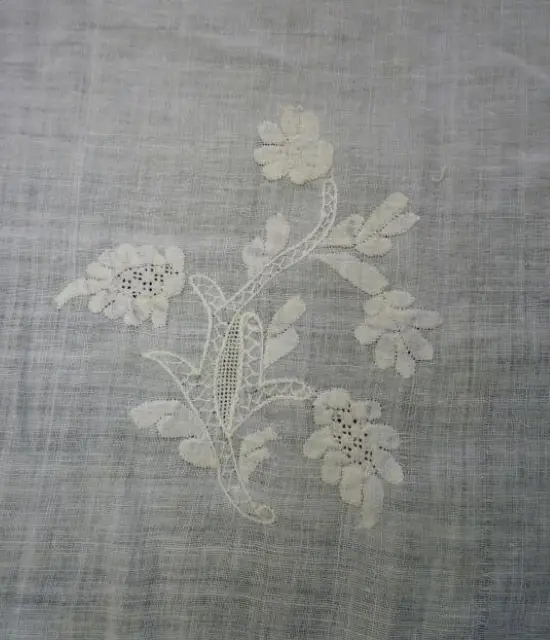
Shadow work in English embroidery seems to have been inspired by Indian Chickankari embroidery from Lucknow where fine fabrics were embroidered with white thread to create a delicate shadow effect of scrolling lines and curved patterns.
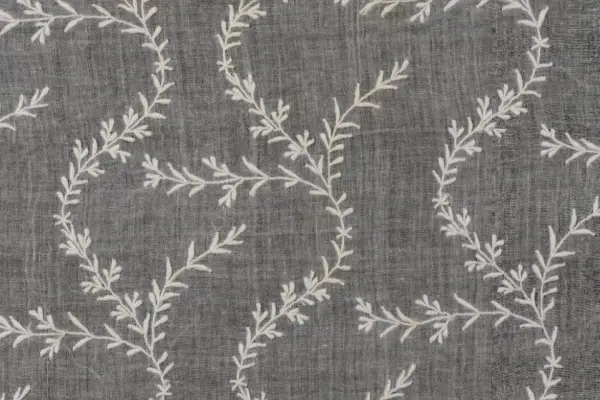
The technique works beautifully in silk fabrics, such as this pair of Edwardian sleeves stitched in white in delicate shadow-work petals alongside other embroidery stitches.
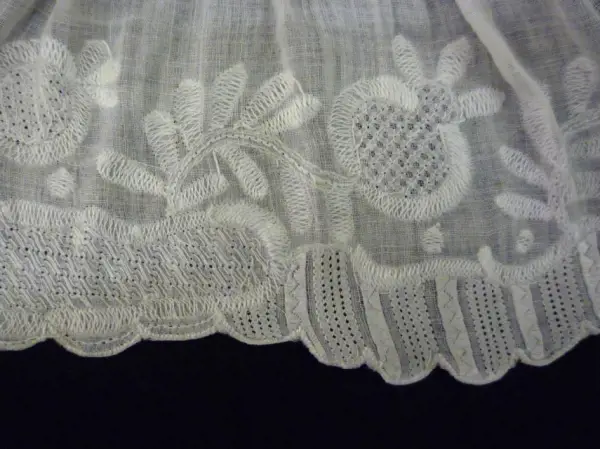
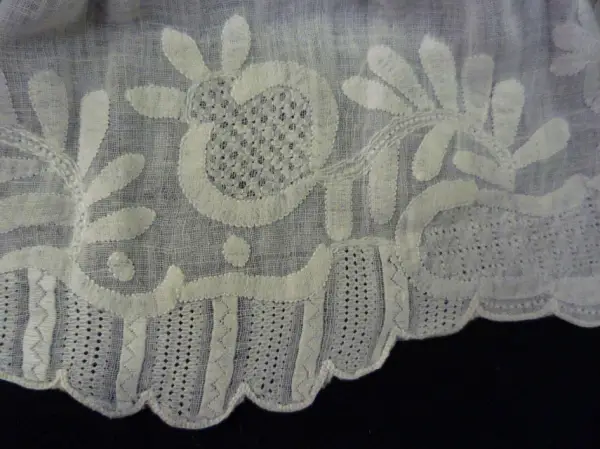
A similar technique has been in use in Italian embroidery for some time too, often used more as a relief stitch on heavier fabrics. There’s a great post on this technique at the Italian Needlework blog.
Shadow work became popular again in the 1930s, along with applique, for tray cloths, napkins and the almost endless variety of linen home textiles, handkerchiefs and baby clothes created from patterns in women’s magazines. Coloured embroidery floss was used to give pastel colours to the work although white on white remained popular. Fabrics used include batiste and sheer, slightly stiff cotton organdie.
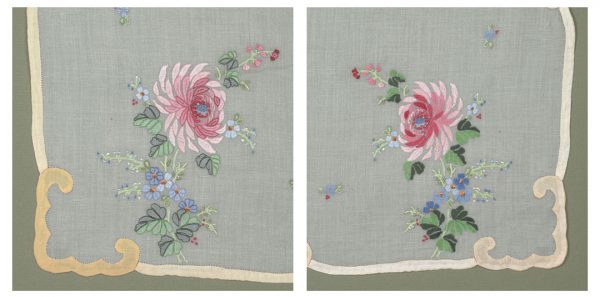
Today Chickankari is still produced in India, although finding the quality to match that made in the 18th century is difficult. Shadow-work seems to have almost entirely fallen out of favour with contemporary embroiderers now, and is mostly limited to patterns for baby wear and domestic textiles with imagery of flowers, ducks, monograms and other tweeness.
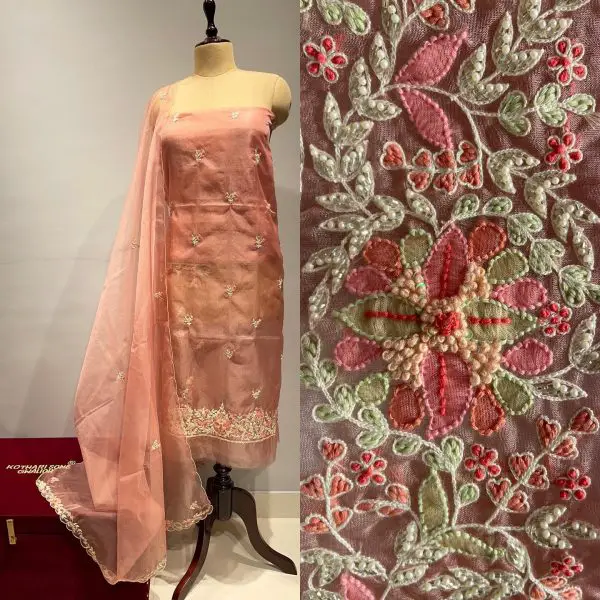
What Stitches Are Used In Shadow Work Embroidery?
The stitches used to create shadow-work are incredibly simple – it is a herringbone-type stitch worked from the back of the fabric, with the back-stitch outline created by the herringbone stitch. Sheer fabrics are essential, such as cotton organdie, fine lawn or silk organza.
I’ve done a quick survey of my (quite large) collection of embroidery design and needlework manuals from the 20th century, and the stitch appears in pretty much all of them up to the 1970s. Why it should have fallen out of favour is a mystery to me as it is such a lovely effect and so simple.
I’m definitely planning to make a piece using, or at least incorporating, this technique. I hope that it will get a new burst of stitch fashion soon.
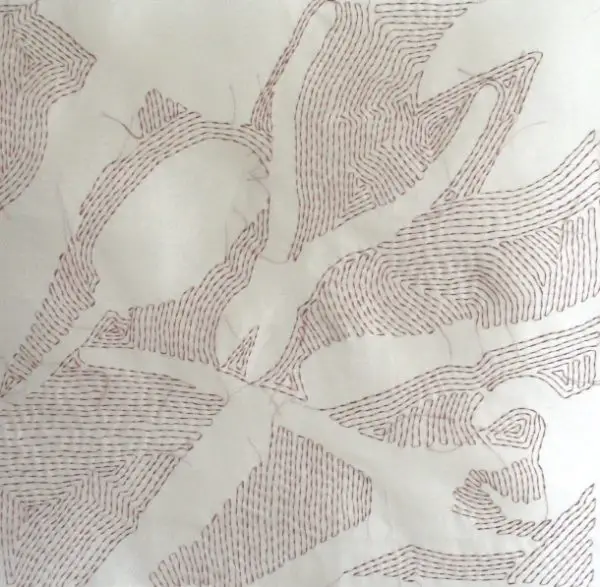
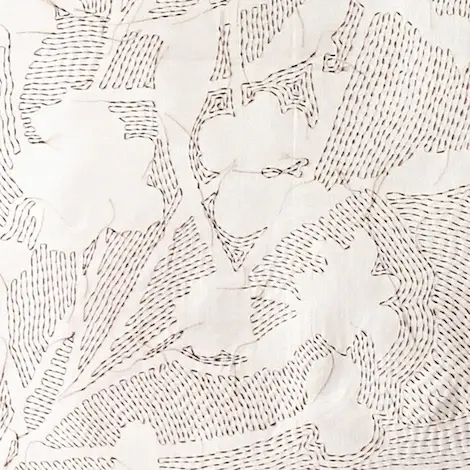
—–





